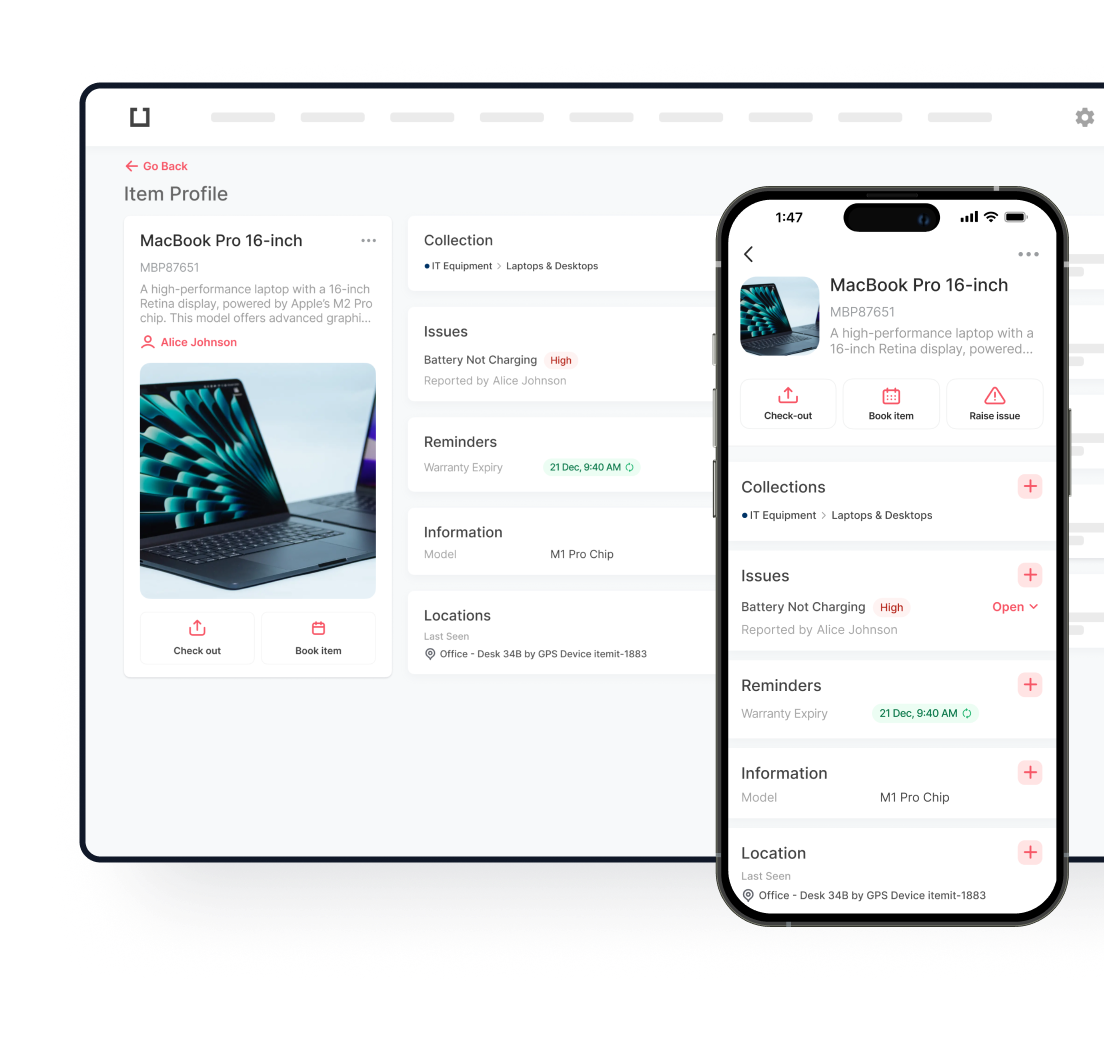
Perpetual vs Periodic Inventory: Choosing the Right System
Inventory management is the backbone to any well-run business; it ensures that your products are in stock, your sales get recorded, and the general operation of the company runs without a hitch. Finding the right inventory management system is important for companies desiring to streamline their processes and have a head above the rest in the competitive race. Be it a small retailer or a big manufacturer, an effective and efficient inventory management system makes all the difference between success and demise.
Speaking about inventory systems, there are mainly two ways of approaching them: the periodic vs. perpetual inventory system. Both methods have their share of advantages and difficulties, which the owner should know to utilize the best one for his or her business. While the periodic inventory system requires the counting of stock after equal periods of time, the perpetual inventory system keeps a continuous track of the inventory with its updates in real-time. Both will be effective in managing your inventories, but it depends on the scale and nature of the business.
The section below will elaborate on the main differences between these two systems; this will guide you to choose which approach to inventory management best fits your business.
What Is a Periodic Inventory System
The periodic inventory system is a less complicated system wherein counting of inventory is done periodically, such as on a weekly, monthly, or yearly basis. In this system, a business conducts a physical count of the stock to ascertain the volume of goods on hand at regular intervals. In this periodic system, there is no continuous updating of the current status of the inventory but reliance upon periodic physical counts.
Advantages of the Periodic Inventory System
Issues with Periodic Inventory System
When to Use the Periodic Inventory System
Accounting with the Periodic Inventory System
Cost Considerations
In the end, it is good for those businesses which have simple inventory requirements and low volume of sales. Moving forward, the section after this will explain in detail the perpetual inventory system and how it helps the businesses to keep their records of inventories updated, hence presenting a more dynamic approach towards the maintenance of inventories.

What Is Perpetual Inventory System
Advantages of the Perpetual Inventory System
Challenges of the Perpetual Inventory System
When to Use the Perpetual Inventory System
Accounting with the Perpetual Inventory System
Cost Considerations
Finally, the perpetual inventory system is one of the strong tools for an entity with complicated inventory and high volumes of transactions. Next, we compare periodic vs. perpetual inventory side by side, highlighting the important features of each and guiding you through making the right decision for your business.

What Is the Difference Between a Periodic Inventory System and a Perpetual Inventory System?
- Frequency of Inventory Updates:
The primary difference between the perpetual inventory and periodic inventory systems lies in how frequently inventory is updated. The perpetual inventory system updates inventory in real-time, while the periodic inventory system relies on periodic counts, typically monthly or yearly. - Accuracy of Inventory Tracking:
The perpetual inventory system provides a more accurate view of inventory levels, allowing for continuous tracking. In contrast, the periodic inventory system may lead to inaccuracies due to gaps between physical counts. - Implementation Costs:
One disadvantage of the periodic inventory system is that it lacks real-time data, which can hinder decision-making. However, it is less costly to implement compared to the perpetual inventory system, which requires software and an asset tracking app. - Suitability for Business Types:
The periodic inventory system is best suited for small businesses with simple inventory needs, while the perpetual inventory system is ideal for larger businesses with high sales volume or a wide range of products. - Advantages of Perpetual Inventory System:
The advantages of perpetual inventory system include real-time inventory tracking, better prevention of stockouts, and improved decision-making capabilities. This system supports efficient management, especially for businesses that need to respond quickly to market demands. - Impact on Accounting:
With the perpetual inventory system, inventory records and COGS are continuously updated, providing a more accurate financial picture. In contrast, the periodic inventory system calculates COGS at the end of each period, which can result in delays in financial reporting.
In the next section, we’ll explore which inventory management system might be best suited for your specific business needs.
Which System is Right for Your Business?
When a Perpetual Inventory System Is Used
When a Periodic Inventory System Is Used
Small companies with simpler inventory needs would find the periodic inventory system more suited. The periodic approach can be a reasonably affordable solution for businesses without the means to commit to advanced software or asset tracking tools. By doing inventory counts at designated intervals, companies ranging from small retail stores to boutique shops or those with predictable and low transaction volumes can readily keep inventory for small businesses. For simple inventory management, it can be useful even if it lacks the real-time advantages of a perpetual system.
Choosing the Right System for Your Business
Consider your company’s size, transaction volume, and resource availability while choosing between the periodic vs perpetual inventory systems. Thanks to its real-time tracking features, bigger businesses with complicated inventory needs and high sales volumes will profit more from the perpetual inventory system. Conversely, small companies needing a simple, low-cost solution could find the periodic inventory system a better fit.
In the end, your company operations and expansion objectives should coincide with the correct inventory management system. See an inventory management specialist if you’re not sure which system would be best for your company to get the direction required to decide wisely.

Try itemit
Choose a better way to track
your assets.
Start your free 14-day trial now!

Keep Learning
itemit Blog
Tips, guides, industry best practices, and news.
The Ultimate Guide to RFID Inventory Management
Discover the beginner’s guide to RFID inventory management technology. Learn how to improve accuracy, streamline stock tracking, and boost efficiency today!
A Guide to the Different Types of Inventory Management
Discover the different types of inventory management systems and how each can improve efficiency and accuracy in managing your business inventory.
Understanding the Inventory Tracking Process and Its Importance
Learn about the inventory tracking process and its importance. Discover how it helps improve efficiency, accuracy, and overall business management.


